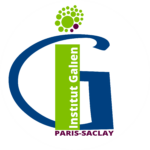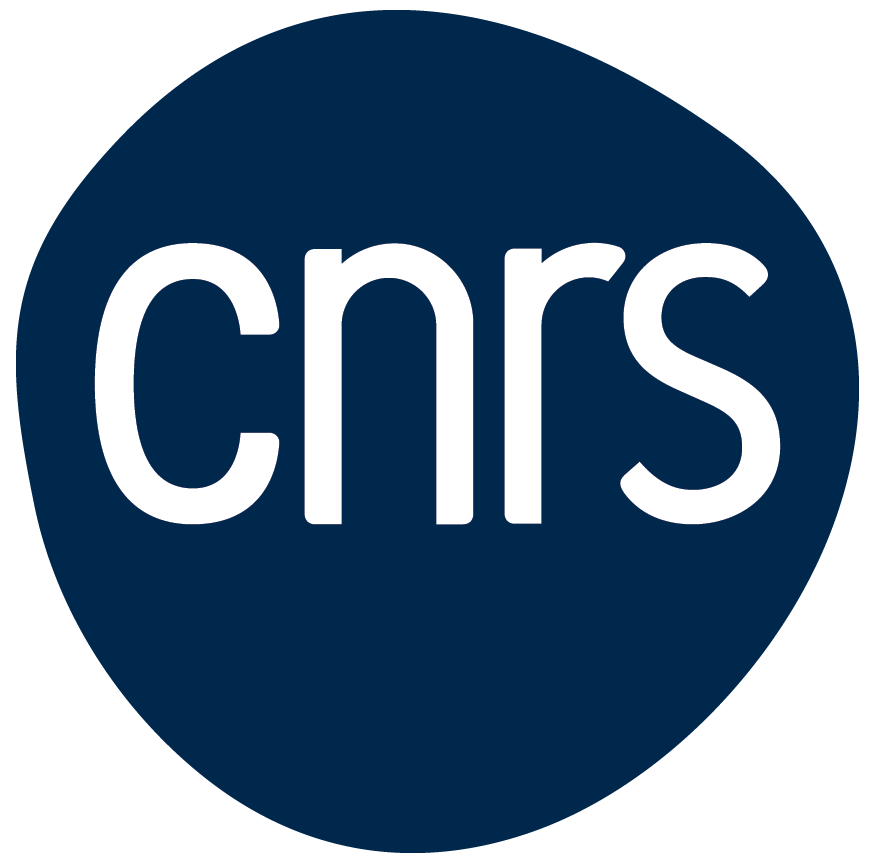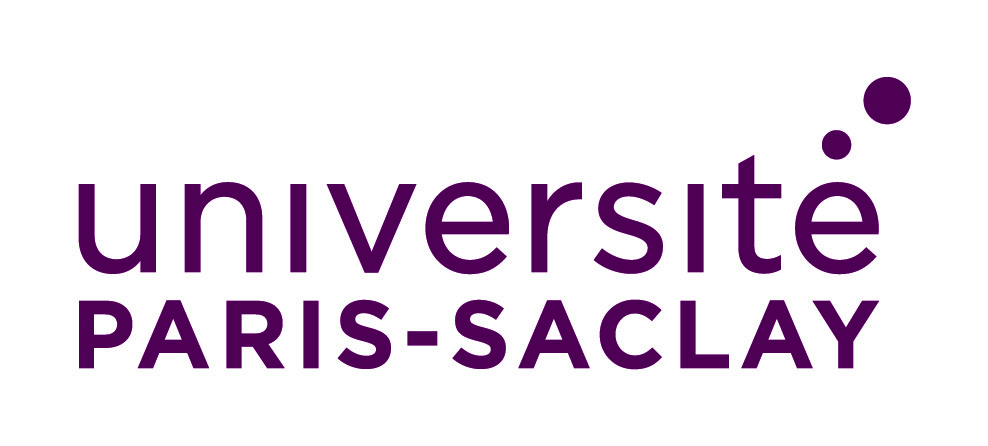The challenges facing the IGPS: structuring inter-team scientific research activities
- Challenge 1: Understand and overcome physiological barriers
Challenge 2: Design intelligent, programmable, activatable and biocompatible materials
Challenge 3: Develop predictive models to simulate the behaviour of vectors in biological environments
Challenge 4: Improve diagnostics and imaging using chemistry, physical chemistry and formulations
Complete list of seminars since 2020 : fichier pdf
Challenge 1: understand and overcome physiological barriers
Key words: alternative routes of administration, intra-cavitary administration, systemic or local administration, complement activation, protein interactions, therapeutic resistance, EPR effect, endothelial passage, degradation, elimination.
Concept of barriers :
macroscopic systems: cutaneous, intestinal, placental, alveolar, blood-brain, EPR and EPR like barriers
microscopic systems: cell membrane, intracellular organelles
more diffuse barriers: barrier formed by the immune system, metabolic barrier; interaction between the intestinal barrier and the microbiota
Séminaires (2020-2023) :
- Tracking tumor extracellular vesicles on their way to pre-metastatic niches – Vincent Hyenne (Centre de Recherche en Biomédecine de Strasbourg, INSERM UMR S1109) – 11 avril 2023
- Nouvelles formulations liposomales pour contourner les défenses du foie et mieux cibler les lésions cutanées dans le traitement des leishmanioses – Frédéric Frézard (Université de Belo Horizonte, Brésil) – 15 février 2022
- Intérêts et défis du ciblage des mitochondries – Mathias Mericskay (Inserm UMR-S 1180) / Juliette Vergnaud (IGPS UMR8612) / Daniel Perdiz (INSERM U1193) – 24 juin 2021
- L’interaction nanoparticules – protéines : une barrière diffuse et des opportunités pour le ciblage – Myriam Taverna / Christine Vauthier / Simona Mura (IGPS UMR8612) – 22 octobre 2020
Challenge 2: Design intelligent, programmable, activatable and biocompatible materials
Key words: innovative polymers, heat-sensitive polymers, gels, patches, co-crystals, polymorphs, nano- and micro-materials, hybrid materials, multi-compartment systems, emulsified systems, biomimetic systems, supramolecular assemblies, glycolipid assemblies, prodrugs, controlled or sustained release, targeting, etc.
Séminaires (2020-2023) :
- Bio-inspired hybrids for supramolecular self-assembly: toward novel responsive systems – Tristan Giraud (IGPS UMR8612) – 6 novembre 2023
- Formation “calorimétrie différentielle” – Sylviane Lesieur (IGPS UMR8612) – 27 octobre 2023
- Computational partition coefficients predict degradation trends for hydrophobic and hydrophilic polymers – Rob Mathers (Penn State Uni) – 22 mai 2023
- Modulation spatiale de l’énergie d’adhésion pour améliorer la croissance axonale – Ahmed Hamraoui (Sorbonne Université) – 17 février 2023
- Self-assembled lipid systems for potential neuroprotection in long COVID – Angelina Angelova (IGPS UMR8612) – 17 février 2023
- Designing cubosome nanocarriers for targeted drug delivery – Maggie Zhai (RMIT Univ., Australia) – 24 janvier 2022
- Electron-deficient organometallics: synthesis and biological activity – Anaïs Pitto-Barry (IGPS UMR8612) – 24 janvier 2022
- Molecularly imprinted polymers (MIPs) – Nebewia Griffete (Sorbonne Université) – 8 novembre 2021
- Aptamers for cancer cells targeting – Françosi Fay / Elias Fattal / Hervé Hillaireau (IGPS UMR8612) – 8 novembre 2021
- Layered Double Hydroxide-Based Hybrid Materials for Catalysis and Health Applications – Claude Forano (Univ. Clermont-Auvergne) – 27 avril 2021
- Stabilizing pharmaceutical emulsions with particles: a physico-chemical perspective – Nicolas Huang (IGPS UMR8612) – 27 avril 2021
- Demi-journée de présentation – Ali Makky / Sylviane Lesieur / Angelina Angelova / Vicent Faivre / Nicolas Huang / Bertrand Fournier / Ghozlène Mekhloufi / Laurence moine /Hervé Hillaireau (IGPS UMR8612) – 10 novembre 2020
Challenge 3: Develop predictive models to simulate the behaviour of vectors in biological environments
Mots clés : modèles membranaires, modèles cellulaires (cultures primaires, co-cultures, cultures 2D et 3D), modèles animaux, organes reconstitués, modèles théoriques, modèles micro fluidiques d’études dynamiques ; modélisation pharmacocinétique, opsonisation, activation du complément
Concept: understanding the in vivo fate of systems used in therapeutics and diagnostics
- biological barriers to be overcome: molecular and cellular modelling, translocation mechanisms
behaviour after administration: protein interactome, complement activation, pharmacokinetic modelling
efficacy/toxicity prediction: 3D cell culture, organoids, micro-fluidic systems
Séminaires (2020-2023) :
- Collagen self-assembly and tissue engineering to serve organ-on-chip – Carole Aimé (ENS Paris) – 16 octobre 2023
- Microfluidics for blood diagnostics – Andrew de Mello (ETH Zürich) – 16 octobre 2023
- Functional lipid droplets : a biophysical tool for immunology – Jacques Fattacioli (Sorbonne Université) – 19 juin 2023
- Organ-on-a-chip: From biomimicking to automated processing to real-time monitoring – Yong Chen (ENS Paris) – 15 mars 2023
- Interdisciplinary approaches to create, observe and measure the phenomenology of artificial 3D biological systems – Gaelle Recher (UMR5298, Bordeaux) – 17 janvier 2022
- Enhanced Delivery of Nanoparticles to Kidney Graft Endothelial Cells During Ex Vivo Perfusion – Claire Albert (Yale School of Medicine) – 11 janvier 2022
- Engineering Large and Smal Blood Vessels – Abdul BARAKAT (UMR7646, Ecole Polytechnique) – 21 septembre 2021
- Electromechanical characterization of Single cell within microfluidic devices – Bruno Le Pioufle (UMR9024, Univ. Paris-Saclay) – 23 juin 2021
- Practical models of lipid membrane systems: pulsatile artificial vesicles and intracellulaire structures – Morgan Chabanon (UPR288, CentraleSupélec) – 23 juin 2021
Challenge 4: Improving diagnosis and imaging through chemistry, physico-chemistry and formulation
Keywords: MRI, ultrasonography, photoacoustics, optical imaging, multimodal imaging, molecular diagnostics, theranostics, miniaturised biomarker analyses, microsystems and biosensors, ultrasensitive assays, enrichment
Concept
Biomedical diagnosis relies primarily on two major investigative approaches: clinical imaging and the analysis of molecular or tissue biomarkers. It may be performed to detect and identify a pathology, ideally at its earliest stages, but also to monitor the effectiveness of a therapeutic treatment. Medical imaging techniques now offer resolutions down to the cellular or even molecular scale. The current challenge lies in developing tools to improve the specificity—and thereby the sensitivity—of diagnostic analyses.
In particular, from the perspective of imaging contrast agents, the goal is often to enhance detection sensitivity. This can be achieved, on the one hand, through chemistry, by accounting for the specificity of imaging modalities, and on the other hand, through formulation strategies that allow for contrast agents to be concentrated within colloidal systems (e.g., magnetoliposomes, perfluorocarbon capsules). Ligands can also be attached to the contrast agent to detect a specific protein or receptor of interest. Beyond the purely diagnostic aspect, this approach may be combined with drug delivery vectors to develop theranostic agents—enabling, for instance, the tracking of the vector’s biodistribution and ensuring it reaches its target, or verifying drug release following a localised external stimulus.
In the field of molecular diagnosis, one of the key challenges is the identification of high-quality biomarkers that provide both high specificity and sensitivity, ideally allowing for earlier detection, and their validation for specific pathologies. This primarily involves the discovery of new biomarkers, particularly from biological fluids. Alternative approaches must be considered that diverge from untargeted “omics” strategies (proteomics/genomics/metabolomics), which are often cumbersome and have proved relatively disappointing in terms of novel biomarker discovery and validation. To this end, targeted or fractionated “omics” approaches (e.g., by molecular class, albuminome, glycanome) will be explored, alongside alternative analytical tools (e.g., CE-MS), and investigation of unconventional or compartmentalised biological media (e.g., exosomes, specific cell types). Moreover, the sensitivity of methods for quantifying molecular biomarkers remains a major challenge, particularly for detecting low-abundance, poorly concentrated targets. This will require continued development of innovative upstream approaches, such as extraction/enrichment or preconcentration techniques using advanced polymer-based solid supports or relying on electrokinetic phenomena, as well as improvements in the separation and detection techniques themselves.
Séminaires (2020-2023) :
- Self-assembly dynamics of icosahedral viruses – Guillaume Tresset (UMR8502, Univ. Paris-Saclay) – 29 septembre 2023
- Lipids nanoparticles for cancer immunotherapy – Khuloud T. Al-Jamal (King’s College London) – 14 juin 2023
- Novel Analytical conceptions for diagnostic applications – Claire Smadja / Duc Mai (IGPS UMR8612) – 27 janvier 2023
- Overview of contrast agents for photoacoustic – Xavier Leguével (IAB Grenoble) – 10 janvier 2022
- Few examples of preclinical photoacoutic – Véronique Josserand (IAB Grenoble) – 10 janvier 2022
- Quantum dots pour des applications biologiques – Thomas Pons (ESPCI) – 14 septembre 2021











